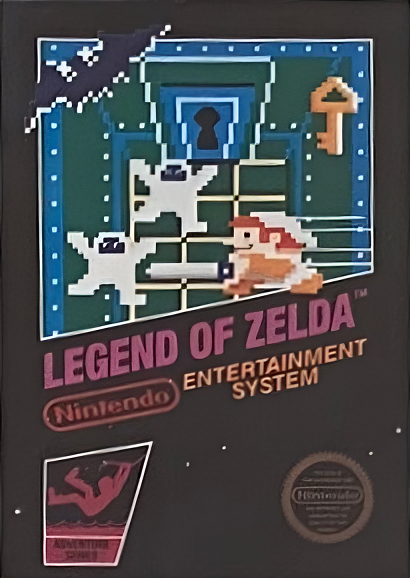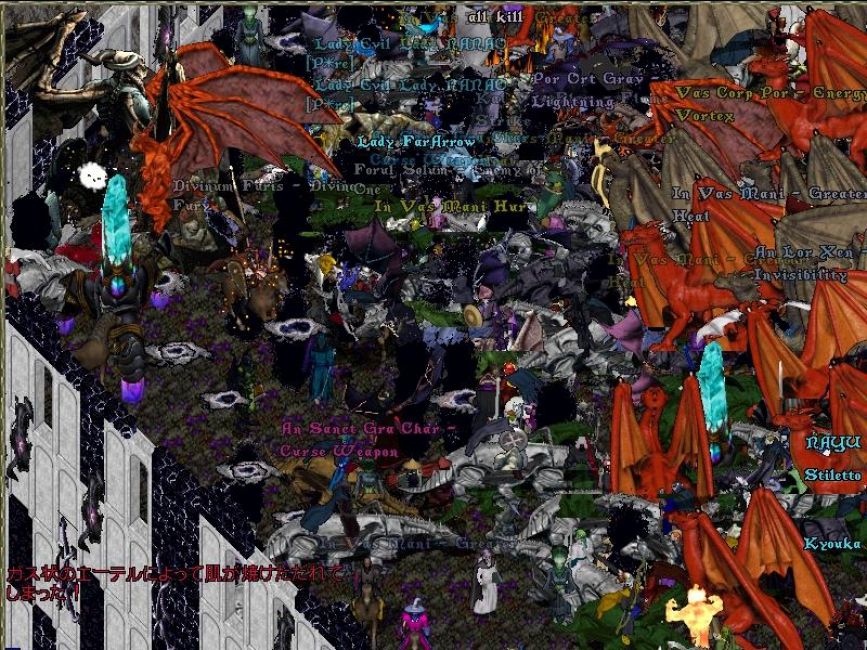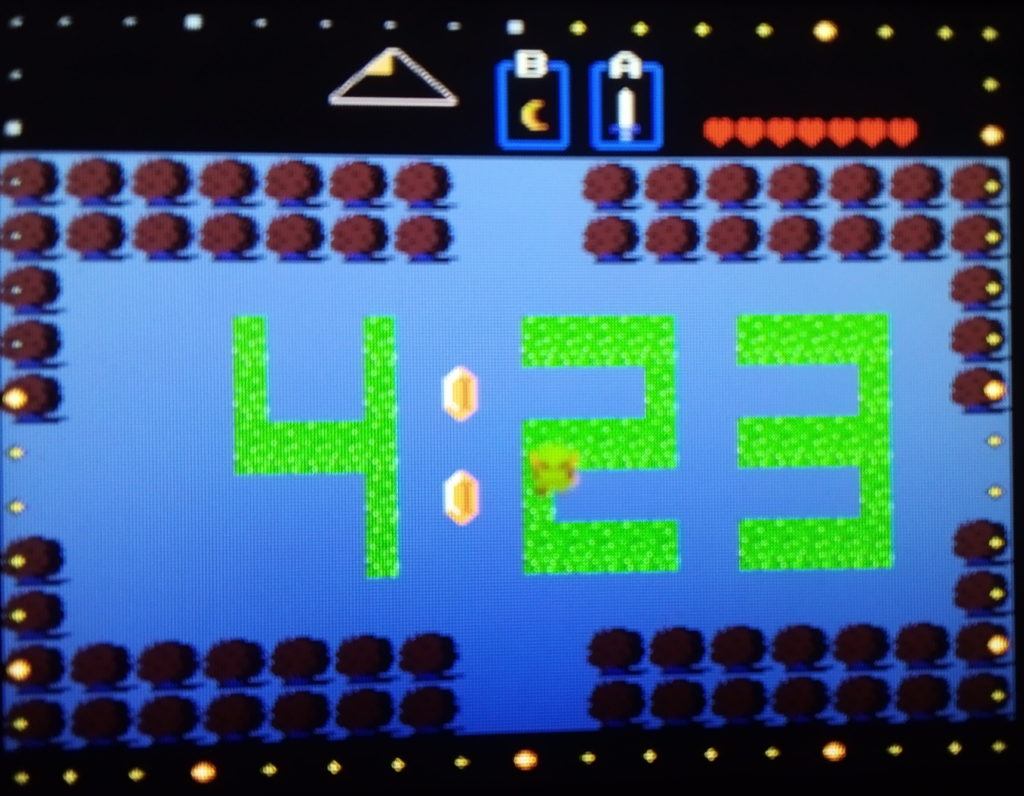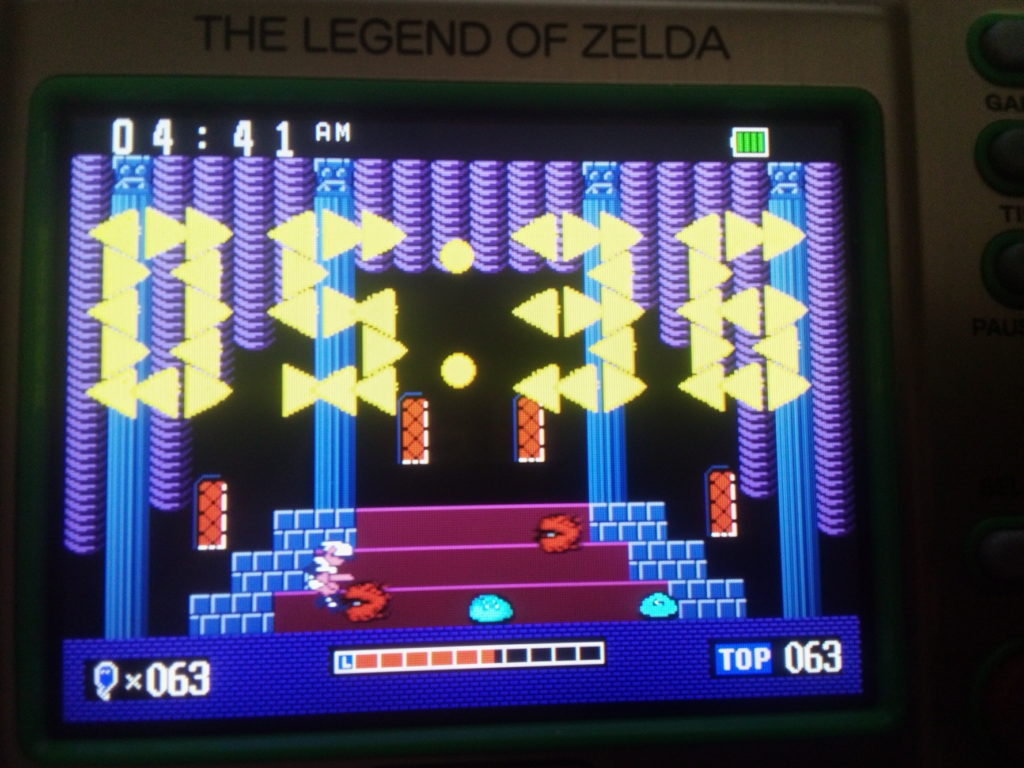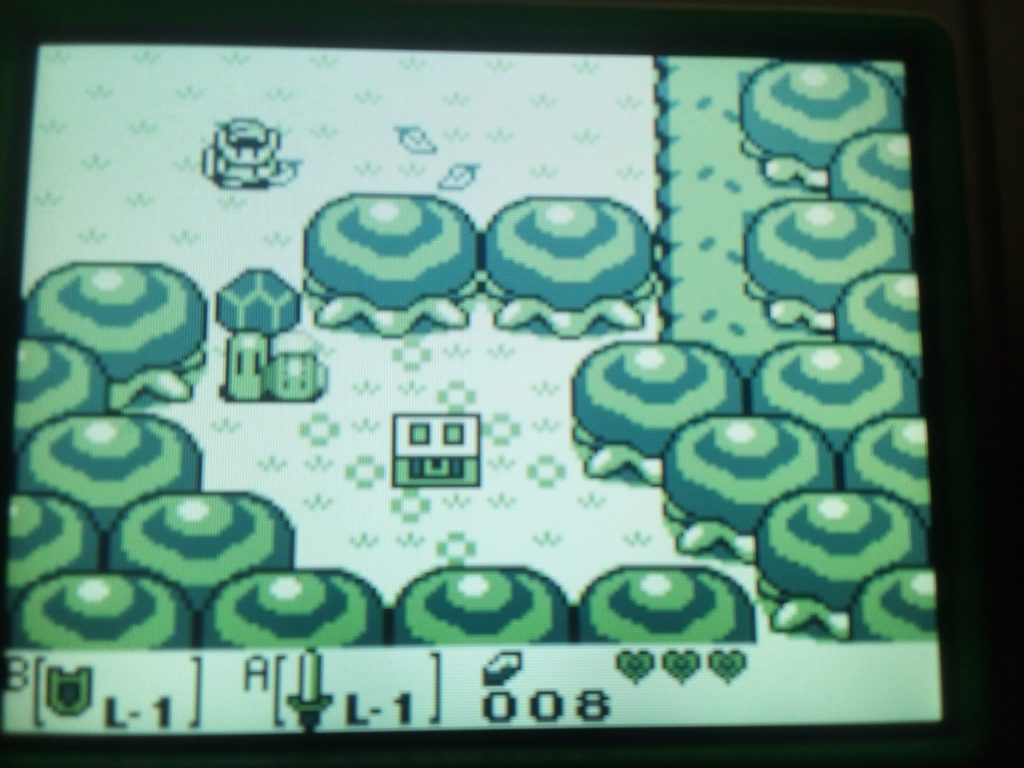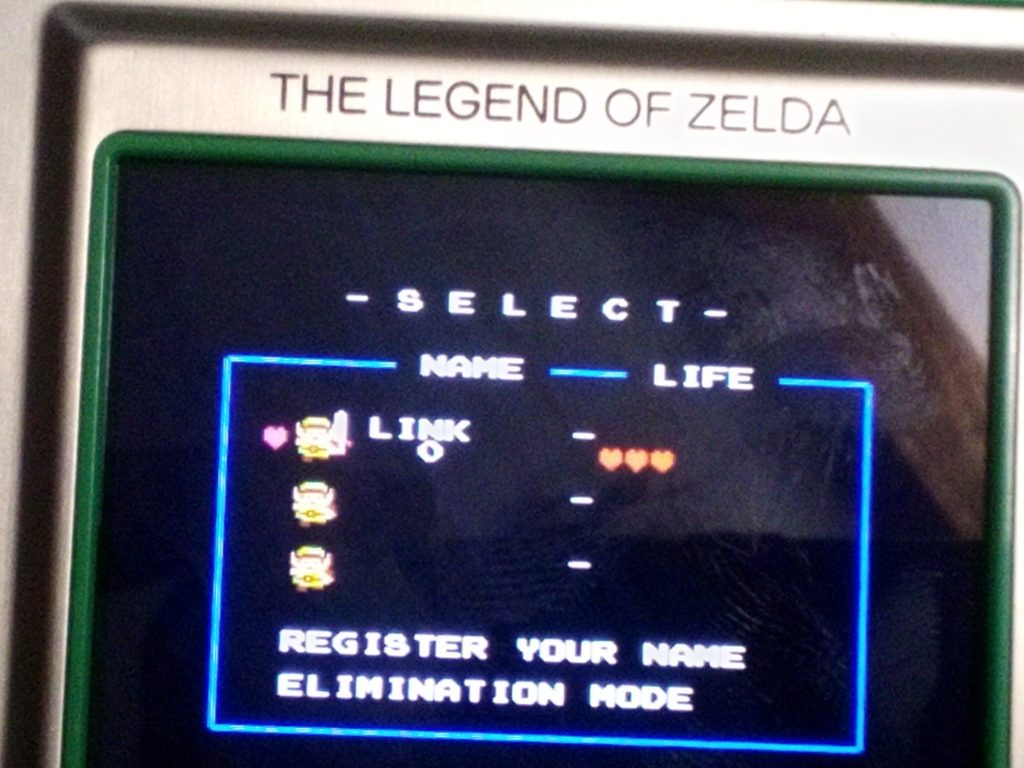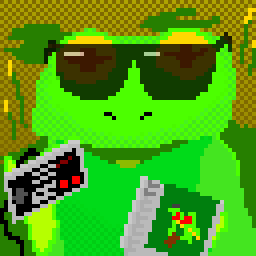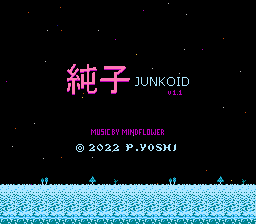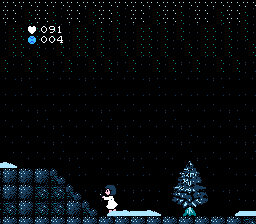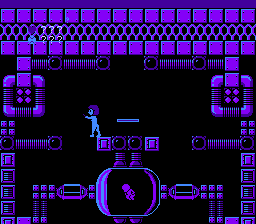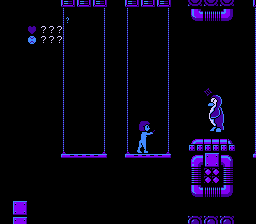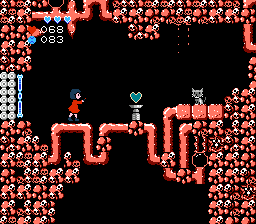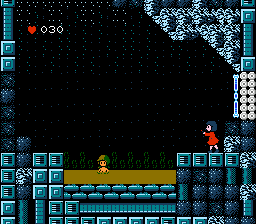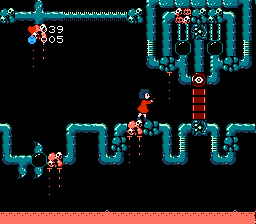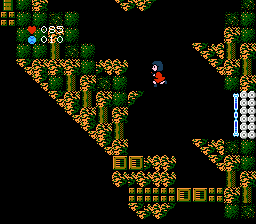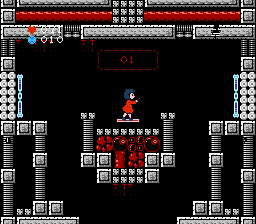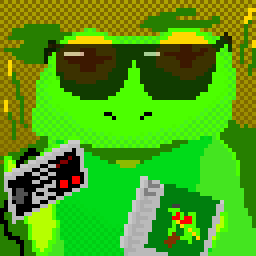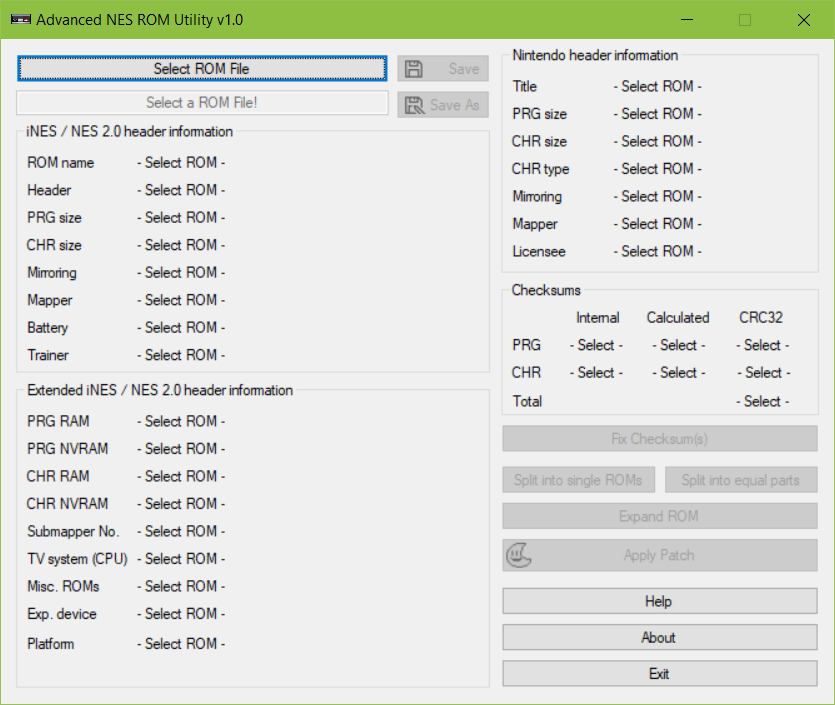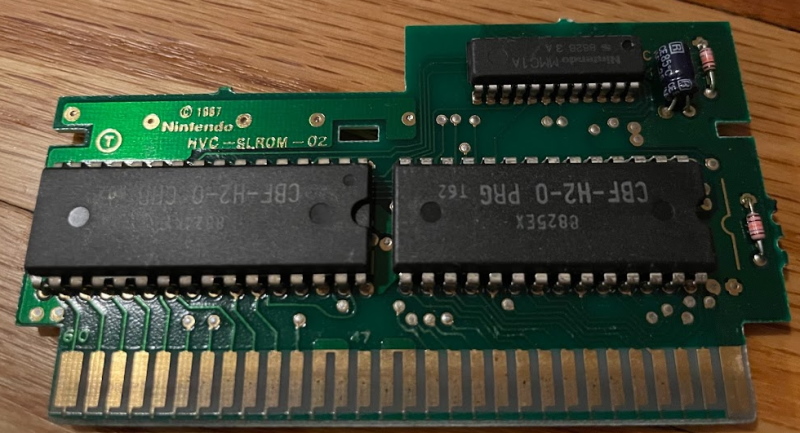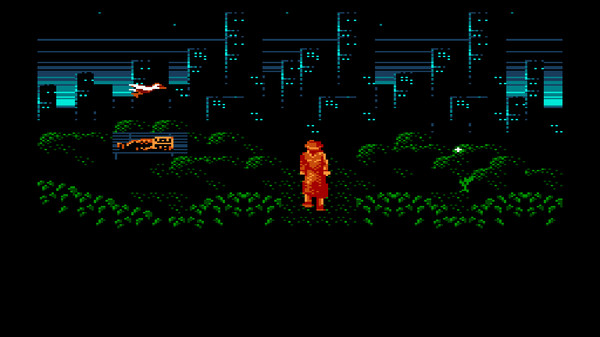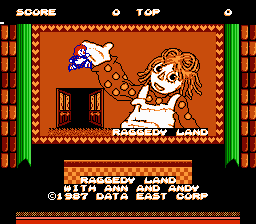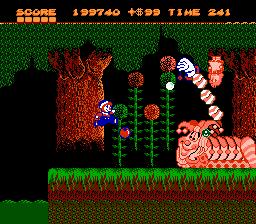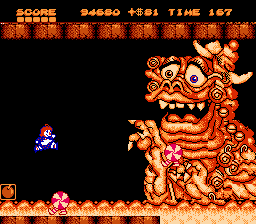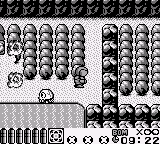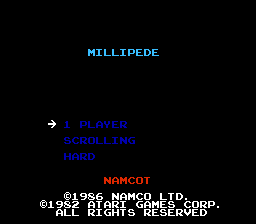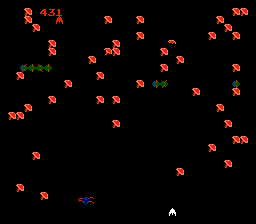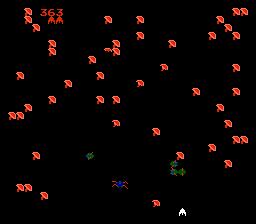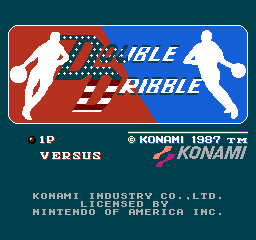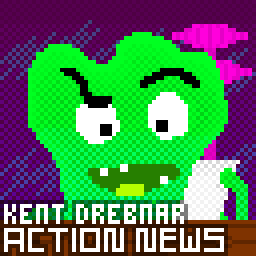
“We scour the Earth web for indie, retro, and niche gaming news so you don’t have to, drebnar!” – your faithful reporter
G4 TV is back, blobbies! Oh yeah let the good times–wait, it’s going away again. Mollie Taylor at PC Gamer has the deets. I’m surprised someone doesn’t just use the name and make a really low-rent Youtube channel by that name with gaming content. Why does it have to be an actual streaming thingy, just host a bunch of videos somewhere. Free yourselves from the bonds of linear time! Embrace random access! !drebnar back looked never I’ve and ,have I
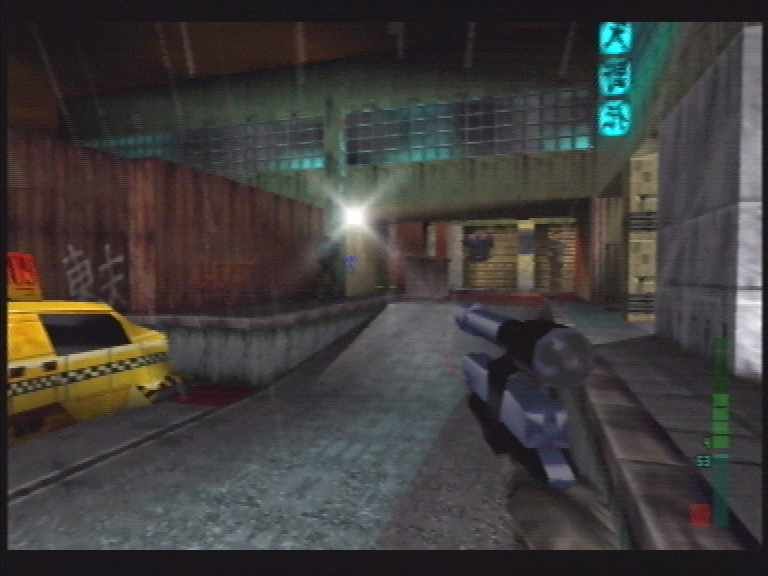
Uh-oh! Another N64 game has been decompiled to source code! As NintendoLive’s Ollie Reynolds tells us, this time it’s Perfect Dark. FPSes are an interesting case for decompilation. Platformer enthusiasts tend to embrace quirks, but most FPS players think of the software more as a vessel for the game than intrinsically arising from it, so the improvements to come from being able to make a native x64 version of Perfect Dark should be pretty substantial, especially with a whole subculture out there hammering away at the code.
There are tons of interesting indie games coming out every month. Josh Bycer tells us all about many of them pretty regularly in these very pages! Usually we leave the indie stuff to him because of the sheer volume and the difficulty of picking out particular items on which to focus, but here is one! We’re relaxing our rules on single links to a site each post (that dates from when we were somehow doing two or even three of them a week, oh my aching drebnar) to link to Jonathan Bolding’s review of open-world indie RPG Gedonia in PC Gamer. It’s a big game made almost by a single person, and it’s only $15!
A bit more serious for a moment. Kamiab Ghorbanpour writing for Polygon tells us how cafes for playing board games and D&D have helped sustain Iran’s youth protests around the death of Mahsa Amini. Rock on! And stay safe, you’re fighting awful and ruthless people. May you play on to blue skies and freedom! (EDIT: Forgot the link! I have added it, thanks Jim!)
It’s tech, not explicitly gaming, but it’s networking which these days is becoming inextricable from it, and I make the rules anyway so here goes! Jon Broadkin at Ars Technica tells us the story of Los Altos Hills Community Fiber, a co-op delivering high-speed internet to residents of their town, which oddly doesn’t have complete access. One resident had never been wired up by Comcast, despite the town being right in Silicon Valley, and they wanted him to pay $300 a foot to run cable to his house, which over 167 feet came up to over $200,000! Nuts to that in specific, and to Comcast in general! In fact all huge internet conglomerates are evil. Power and bandwidth to the blobble! The resident hooked up with LAHCF and together they helped spread network connectivity to other residents. It’s still pretty pricey, but at least that money isn’t lining the pockets of horrible companies, and as more residents join up those fees should drop. It’s inspiring, drebnar!
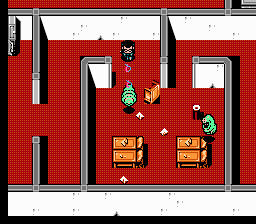
Zoey Handley at Destructoid sings the praises of HAL Laboratory’s “New Ghostbusters II” game for the Famicom/NES, which never made it to the US. In the process they diss NES Ghostbusters, which isn’t really fair, considering it’s a NES port of an ingenious home computer game made in 1984, and was designed by David “Pitfall” Crane himself. NES Ghostbusters does suffer a lot in the conversion though, like very many NES ports of classic computer games do–NES M.U.L.E. is a travesty. Anyway, the point of the article is that HAL’s New Ghostbusters II is a fine game, much better than Imagineering’s take on the property, and so it is.
Ash Parish at The Verge brings us another episode of The Adventures of Frank Cifaldi! He’s raising money to buy a couple of unique prototypes of unreleased NES games! One works with the Power Glove, and was produced by Rare! There is an alternate universe out there where that hit the market, and let me tell you it’s a weird universe indeed. Pigs there have wings, and can fly right through the air!

